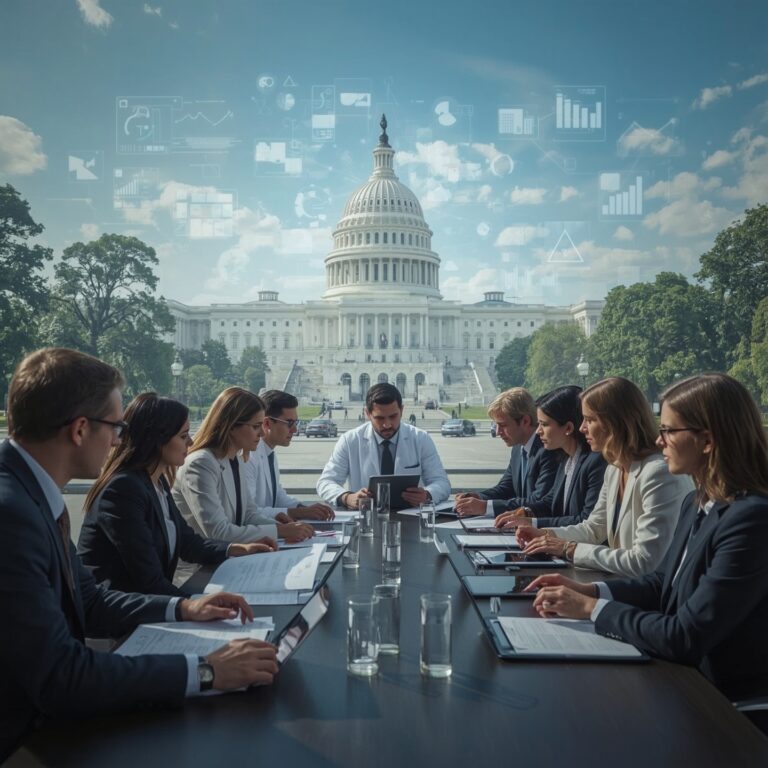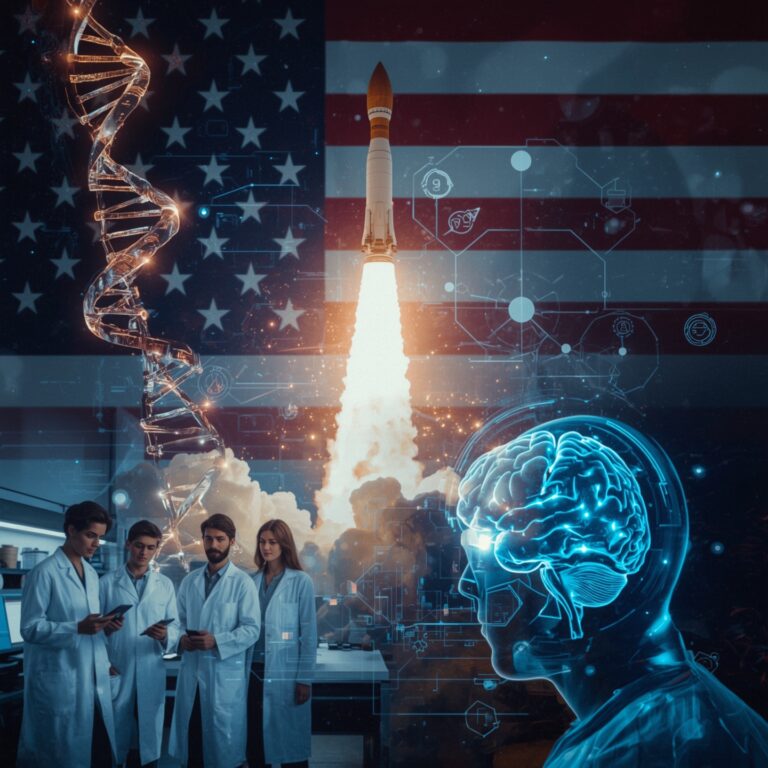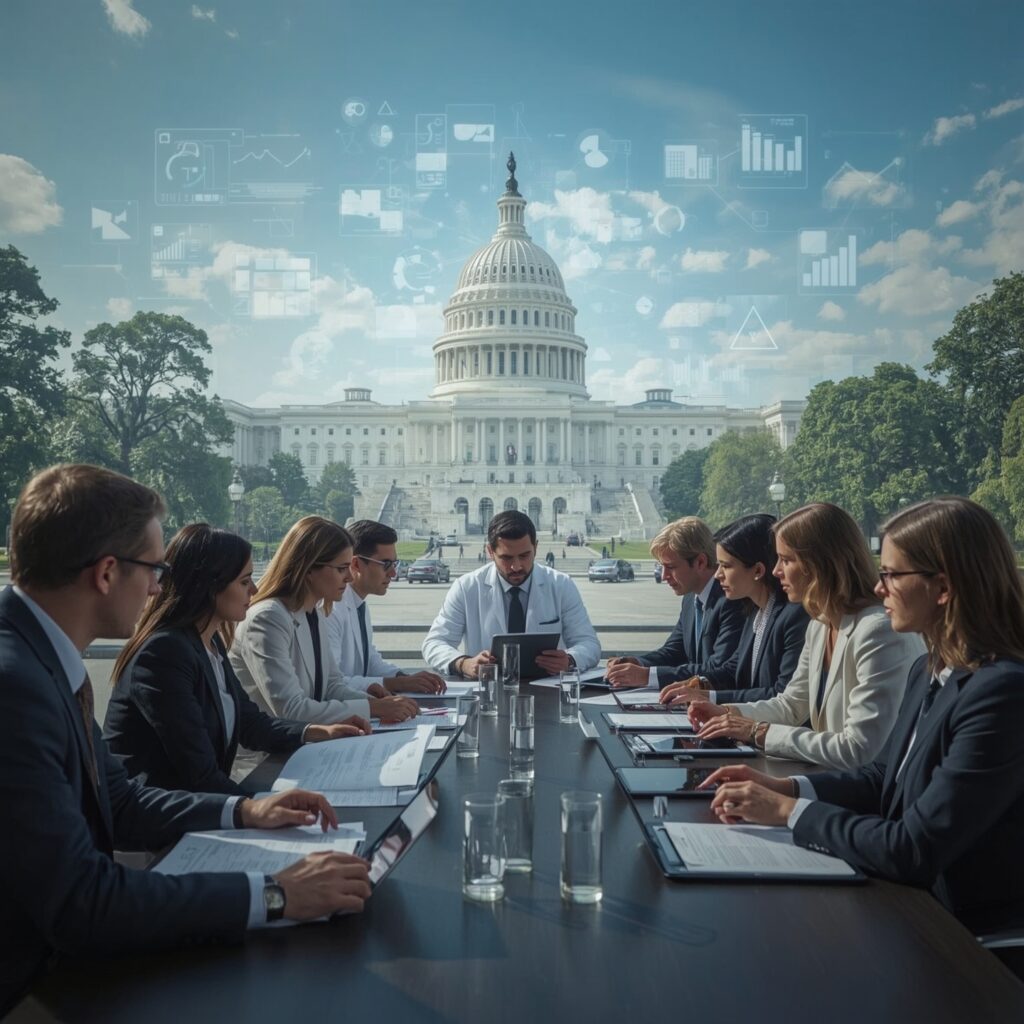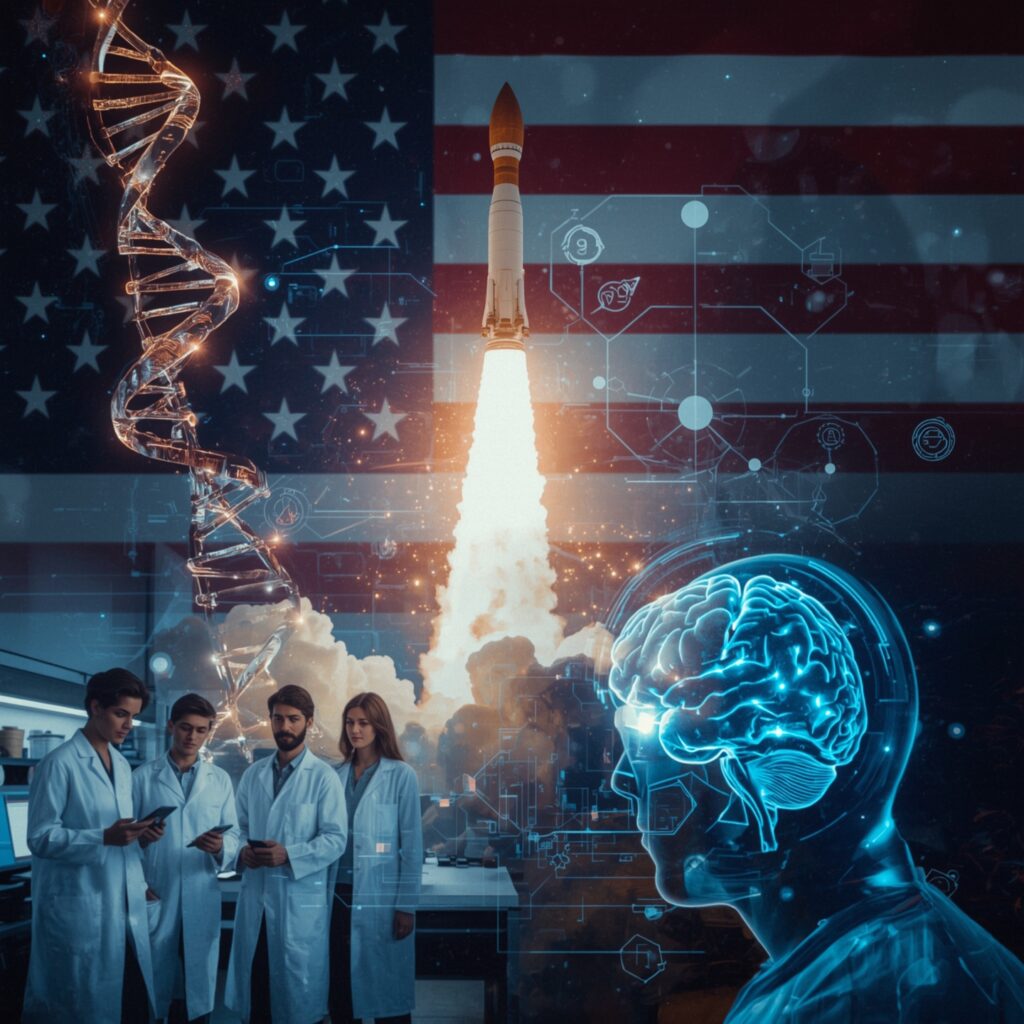How Scientific Research Impacts Public Policy U.S.: Overview
How scientific research impacts public policy U.S. is more than an academic phrase—it’s the engine behind air quality standards, health initiatives, and environmental protections. With over a decade working as a science-policy analyst covering U.S. federal legislation and research agencies, I show how peer-reviewed studies like the Harvard Six Cities project shaped EPA regulation, and how modern laws like the Evidence-Based Policymaking Act formalize science’s role in policy decisions.
Case Study: Air Pollution & Public Health
One of the clearest examples of how scientific research impacts public policy U.S. is the famous Harvard Six Cities study, which linked particulate air pollution to increased mortality. Its findings triggered legal and regulatory actions, ultimately leading the EPA to adopt the National Ambient Air Quality Standards (NAAQS) in 1997—an outcome upheld by the Supreme Court and celebrated for saving millions of lives. This case exemplifies how rigorous science can directly shape national policy and protect public health.
Frameworks & Acts That Embed Research in Governance
In 2019, the Foundations for Evidence‑Based Policymaking Act became U.S. law, mandating federal agencies to modernize data systems, appoint chief data officers, and build evaluation capacity to drive better policy. It’s part of a broader evidence-based policymaking movement, championing data-driven decision-making, effective program evaluation, and open data access. These frameworks show how structured research-policy pipelines translate findings into actionable policy design and implementation.
Translation: From Research to Policy Impact
Understanding how scientific research impacts public policy U.S. requires more than data—it depends on relationships and effective translation. As outlined by the William T. Grant Foundation, research usage in practice involves instrumental, conceptual, political, imposed, and procedural modes. Policymakers rarely adopt research directly; instead, trusted intermediaries and translation of findings into a relevant context drive impact. Structuring research for policy relevance—and building relationships—is vital for uptake.
Collaboration Models & Policy Labs
Initiatives like the Rhode Island Innovative Policy Lab offer live models of research-policy collaboration. This partnership between Brown University and the state government uses rigorous evaluations to shape cost-effective social programs. It’s a practical example of how scientific research impacts public policy U.S. at the local level, where measurable outcomes guide funding and program design. Similarly, multi-state frameworks like the Results First initiative formalize five stages—from program evaluation to outcome monitoring—to embed evidence across government processes.
Threats to Scientific Integrity and Policy
However, the path from research to policy is not without obstacles. Reports by the Brennan Center reveal cases where federal scientific integrity was compromised—such as blocking expert testimony or suppressing climate science data to support political agendas, undermining trust in policymaking. Recently, NSF staff protested over $2.2 billion in funding cuts that risked halting research grants across NSF, NIH, and EPA—jeopardizing the science needed to inform future policies. These examples show how policy can either empower or silence science.
Balancing Science and Values: Policy Limitations
A cautionary lesson about how scientific research impacts public policy U.S. comes from debates over water fluoridation policy. As reported in Time, despite clear evidence of fluoride’s dental benefits, political and value-based opposition complicates policy implementation. This underlines that while science informs policy, it doesn’t determine policy alone—values and public trust shape adoption and communication. Transparency and balanced debate are essential for effective evidence-based outcomes.
Best Practices for Research to Affect Policy
To strengthen how scientific research impacts public policy in the U.S.:
-
Enable evidence pipelines: Practices like notice-and-comment rulemaking should require citation of scientific studies, as many recent reforms have advocated.
-
Promote implementation frameworks: Combining Implementation Science (IS) and Integrated Data Systems (IDS) helps agencies use research in real time for program optimization and evaluation.
-
Facilitate researcher-policymaker collaboration: Studies show structured partnerships improve policy relevance and trust. Embedding scientists in government forums builds mutual understanding.
Can one study change federal policy?
Not usually. Large bodies of consistent research—like peer-reviewed air pollution studies—carry weight. Single studies become influential when replicated and synthesized.
Are federal agencies required to use research?
Yes. The Evidence Act requires evaluation functions, chief data officers, and open data policies across agencies to support evidence-based policymaking.
What hampers scientific influence?
Political interference, budget cuts, suppression of integrity offices, and low academic policy engagement—all undermine research’s impact on policy.
How scientific research impacts public policy U.S. is a story of evidence, translation, and governance. From iconic health studies to modern frameworks like the Evidence Act, and from local policy labs to national threats against scientific integrity—this article shows how research can shape, shield, or sometimes be silenced in policy arenas. When scientists and policymakers engage with mutual trust and purpose, evidence-based policy becomes possible.














